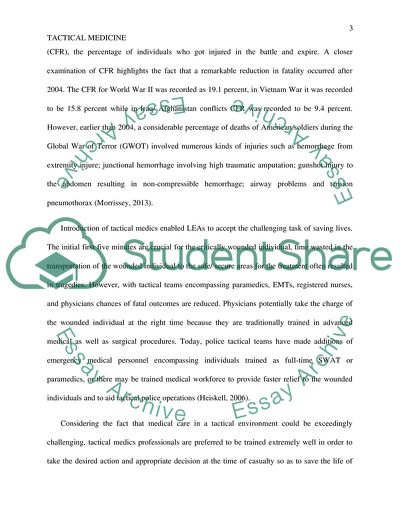Cite this document
(“Tactical Medicine in EMS today Term Paper Example | Topics and Well Written Essays - 1250 words”, n.d.)
Retrieved from https://studentshare.org/health-sciences-medicine/1665865-tactical-medicine-in-ems-today
Retrieved from https://studentshare.org/health-sciences-medicine/1665865-tactical-medicine-in-ems-today
(Tactical Medicine in EMS Today Term Paper Example | Topics and Well Written Essays - 1250 Words)
https://studentshare.org/health-sciences-medicine/1665865-tactical-medicine-in-ems-today.
https://studentshare.org/health-sciences-medicine/1665865-tactical-medicine-in-ems-today.
“Tactical Medicine in EMS Today Term Paper Example | Topics and Well Written Essays - 1250 Words”, n.d. https://studentshare.org/health-sciences-medicine/1665865-tactical-medicine-in-ems-today.


